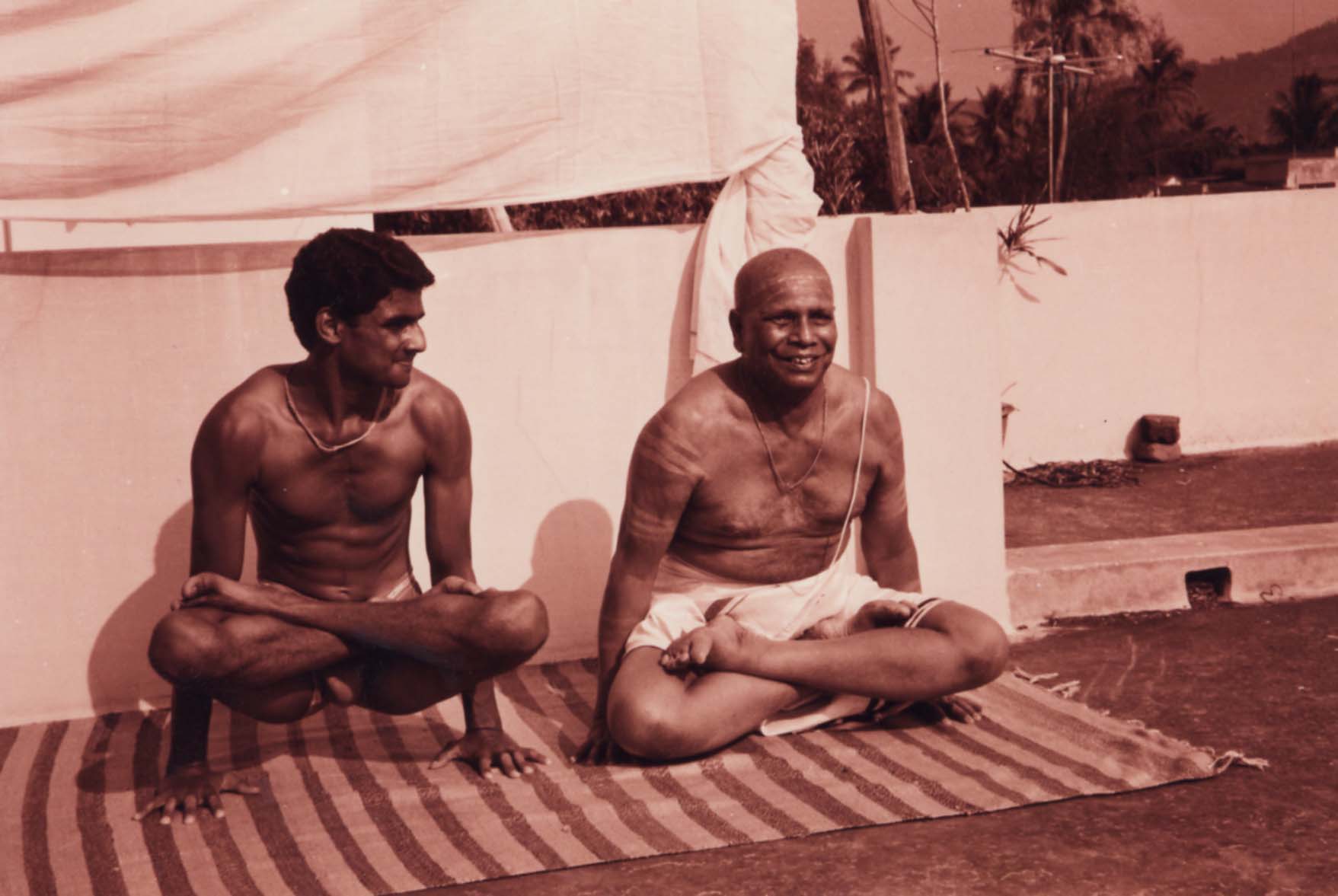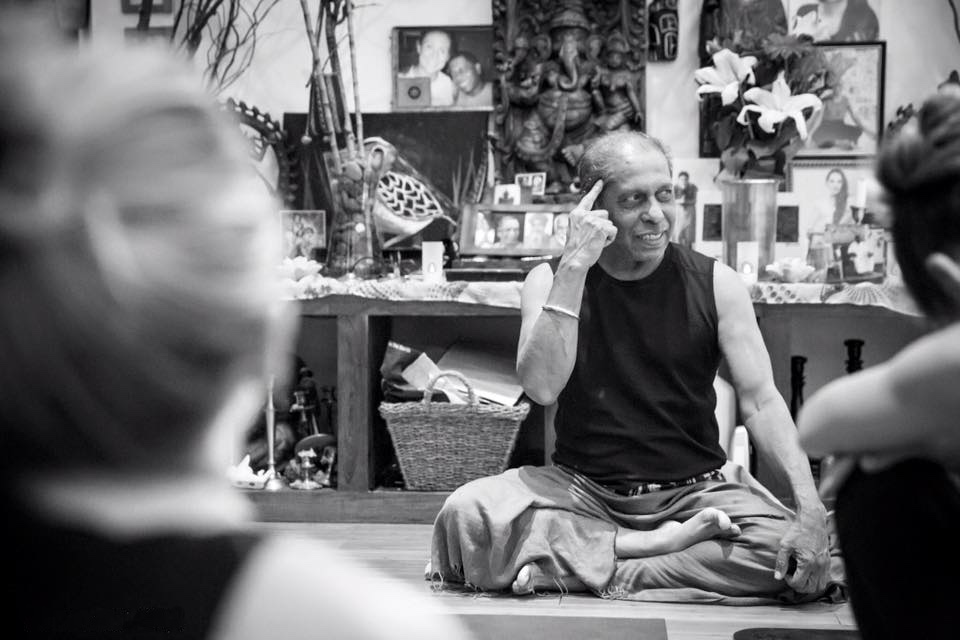Ashtanga Yoga
Ashtanga Yoga is an ancient system of Yoga that was taught by Vamana Rishi in the Yoga Korunta. This text was imparted to Sri T. Krishnamacharya in the early 1900’s by his Guru Rama Mohan Brahmachari, and was later passed down to Pattabhi Jois during the duration of his studies with Krishnamacharya, beginning in 1927.
The following are aspects that Pattabhi Jois emphasizes as the main components of Ashtanga Yoga.
Vinyasa
Vinyasa means breathing and movement system. For each movement, there is one breath. For example, in Surya Namskar there are nine vinyasas. The first vinyasa is inhaling while raising your arms over your head, and putting your hands together; the second is exhaling while bending forward, placing your hands next to your feet, etc. In this way all asanas are assigned a certain number of vinyasas.
The purpose of vinyasa is for internal cleansing. Breathing and moving together while performing asanasmakes the blood hot, or as Pattabhi Jois says, boils the blood. Thick blood is dirty and causes disease in the body. The heat created from yoga cleans the blood and makes it thin, so that it may circulate freely. The combination of the asanas with movement and breath make the blood circulate freely around all the joints, taking away body pains. When there is a lack of circulation, pain occurs. The heated blood also moves through all the internal organs removing impurities and disease, which are brought out of the body by the sweat that occurs during practice.
Sweat is an important by product of vinyasa, because it is only through sweat that disease leaves the body and purification occurs. In the same way that gold is melted in a pot to remove its impurities, by the virtue of the dirt rising to the surface as the gold boils, and the dirt then being removed, yoga boils the blood and brings all our toxins to the surface, which are removed through sweat. If the method of vinyasa is followed, the body becomes healthy and strong, and pure like gold.
After the body is purified, it is possible to purify the nervous system, and then the sense organs. These first steps are very difficult and require many years of practice. The sense organs are always looking outside, and the body is always giving into laziness. However, through determination and diligent practice, these can be controlled. After this is accomplished, mind control comes automatically. Vinyasa creates the foundation for this to occur.
Tristhana: This means the three places of attention or action: posture, breathing system and looking place. These three are very important for yoga practice, and cover three levels of purification: the body, nervous system and mind. They are always performed in conjunction with each other.
Asanas purify, strengthen and give flexibility to the body. Breathing is rechaka and puraka, that means inhale and exhale. Both the inhale and exhale should be steady and even, the length of the inhale should be the same length as the exhale. Breathing in this manner purifies the nervous system. Dristhi is the place where you look while in the asana. There are nine dristhis: the nose, between the eyebrows, navel, thumb, hands, feet, up, right side and left side. Dristhi purifies and stabilizes the functioning of the mind.
For cleaning the body internally two factors are necessary, air and fire. The place of fire in our bodies is four inches below the navel. This is the standing place of our life force. In order for fire to burn, air is necessary, hence the necessity of the breath. If you stoke a fire with a blower, evenness is required so that the flame is not smothered out, or blown out of control.
The same method stands for the breath. Long even breaths will strengthen our internal fire, increasing heat in the body which in turn heats the blood for physical purification, and burns away impurities in the nervous system as well. Long even breathing increases the internal fire and strengthens the nervous system in a controlled manner and at an even pace. When this fire is strengthened, our digestion, health and life span all increase. Uneven inhalation and exhalation, or breathing too rapidly, will imbalance the beating of the heart, throwing off both the physical body and autonomic nervous system.
An important component of the breathing system is mula and uddiyana bandha. These are the anal and lower abdominal locks which seal in energy, give lightness, strength and health to the body, and help to build a strong internal fire. Without bandhas, breathing will not be correct, and the asanas will give no benefit. When mula bandha is perfect, mind control is automatic.
The six poisons
The six poisons: A vital aspect of internal purification that Pattabhi Jois teaches relates to the six poisons that surround the spiritual heart. In the yoga shastra it is said that God dwells in our heart in the form of light, but this light is covered by six poisons: kama, krodha, moha, lobha, matsarya, and mada. These are desire, anger, delusion, greed, envy and sloth. When yoga practice is sustained with great diligence and dedication over a long period of time, the heat generated from it burns away these poisons, and the light of our inner nature shines forth.
This forms the practical and philosophic basis of Ashtanga Yoga as taught by Sri K. Pattabhi Jois.
Parampara
Parampara is knowledge that is passed in succession from teacher to student. It is a Sanskrit word that denotes the principle of transmitting knowledge in its most valuable form; knowledge based on direct and practical experience. It is the basis of any lineage: the teacher and student form the links in the chain of instruction that has been passed down for thousands of years. In order for yoga instruction to be effective, true and complete, it should come from within parampara.
Knowledge can be transferred only after the student has spent many years with an experienced guru, a teacher to whom he has completely surrendered in body, mind, speech and inner being. Only then is he fit to receive knowledge. This transfer from teacher to student is parampara.
The dharma
The dharma, or duty, of the student is to practice diligently and to strive to understand the teachings of the guru. The perfection of knowledge – and of yoga — lies beyond simply mastering the practice; knowledge grows from the mutual love and respect between student and teacher, a relationship that can only be cultivated over time.
The teacher’s dharma is to teach yoga exactly as he learned it from his guru. The teaching should be presented with a good heart, with good purpose and with noble intentions. There should be an absence of harmful motivations. The teacher should not mislead the student in any way or veer from what he has been taught.
The bonding of teacher and student is a tradition reaching back many thousands of years in India, and is the foundation of a rich, spiritual heritage. The teacher can make his students steady – he can make them firm where they waver. He is like a father or mother who corrects each step in his student’s spiritual practice.
The yoga tradition exists in many ancient lineages, but today some are trying to create new ones, renouncing or altering their guru’s teachings in favor of new ways. Surrendering to parampara, however, is like entering a river of teachings that has been flowing for thousands of years, a river that age-old masters have followed into an ocean of knowledge. Even so, not all rivers reach the ocean, so one should be mindful that the tradition he or she follows is true and selfless.
Many attempt to scale the peaks in the Himalayas, but not all succeed. Through courage and surrender, however, one can scale the peaks of knowledge by the grace of the guru, who is the holder of knowledge, and who works tirelessly for his students.
Traditional method
Yoga can be practiced by anyone, whether young, old, very old, healthy or sick. Even so, the way in which a young person is taught will differ in manner from the way in which an old or sick person will be taught. Therefore, each student must be considered as an individual and taught at a pace that is suitable for their situation in life.
All students commence their instruction in the same manner in which on the first day of class they are taught Surya Namaskar A, followed by Padmasana and deep breathing, and a few minutes of rest to conclude their first day of practice. The next day after Surya Namaskar A has been performed, Surya Namaskar B is taught, and one then again concludes in the same method as the previous day, with Padmasana, deep breathing, and rest. After both of the Surya Namaskar have been learned correctly, each of the various asanas are added one by one. When one asana is correct, the next one is taught. Depending on the age and ability of the student, it can take anywhere upwards of 3 months to learn the primary series.
The format of the practice always remains the same; one always begins practice with Surya Namaskar, concludes with Padmasana and rest, and the various asanas gradually fill the space between these two poles. Learning yoga in this traditional manner benefits the student on many levels. It is possible for one to gain independence and confidence in their sadhana (spiritual practice), as well, something truly becomes one’s own when they learn it by heart. It is through the daily practice of Ashtanga Yoga that we draw it into ourselves, understand it, and become proficient in its methods, thereby reaping its wide range of benefits. For this to be accomplished, a slow, dedicated and patient approach is best.
Vinyasa means careful linking of breath and movement. The Surya Namaskar and each of the successive asanas are comprised of a particular number of vinyasas. Vinyasa creates heat in the body, which warms the blood. The warmed blood passes through the muscles, nerves, internal organs and glands, removes toxins from them, and carries them out through the sweat. This is how the process of purification begins. It is important that the student does not rush ahead doing too many asanas, and allows the body to be gradually purified. If one rushes ahead quickly, it is possible for sickness to occur, rather than purification. It is important that the teacher checks to ensure that the position of the body and the movement of breath are correct in each asana before moving the student forward so that one may reap the proper benefit of Ashtanga Yoga.
Because of the difficult nature of remembering and mastering the various vinyasas, on Fridays and Sundays, group guided classes are taught, in which all the vinyasas are counted out loud and all students follow along together accordingly.
The method of Yoga taught at KPJAYI is that which has been told by the ancient Sage Vamana in his text called “Yoga Korunta.” Although many books on Yoga have been written, Vamana is the only one who has delineated a complete practical method. In the 1920’s, the Yogi and Sanskrit Scholar, T. Krishnamacharya traveled to Calcutta where he transcribed and recorded the Yoga Korunta, which was written on palm leaves and was in a bad state of decay, having been partially eaten by ants. Later, Krishnamacharya passed on these teachings to the late Pattabhi Jois, whose school continues to teach this method today.
Vamana Rishi taught “Vina Vinyasa Yogena asanadih na karayet” – do not do yoga without Vinyasa. Vamana is telling one by one, and vinyasa, no problem.
[Source: http://sharathjois.com/the-practice/]
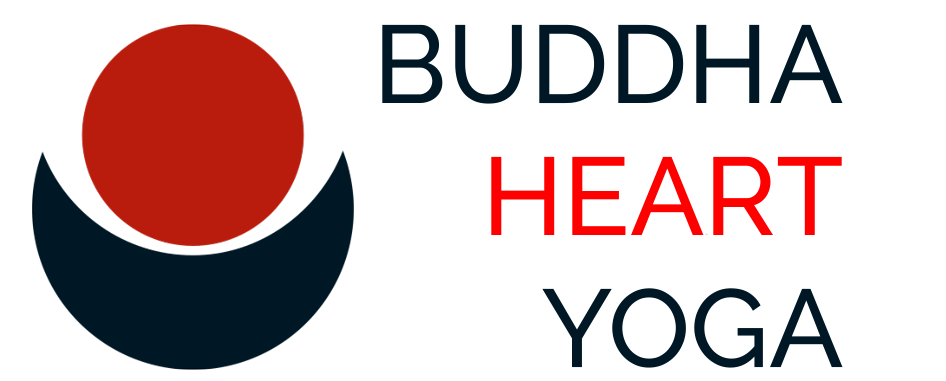




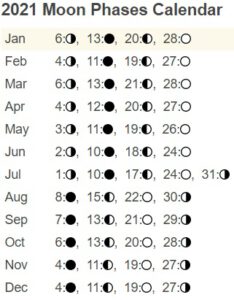
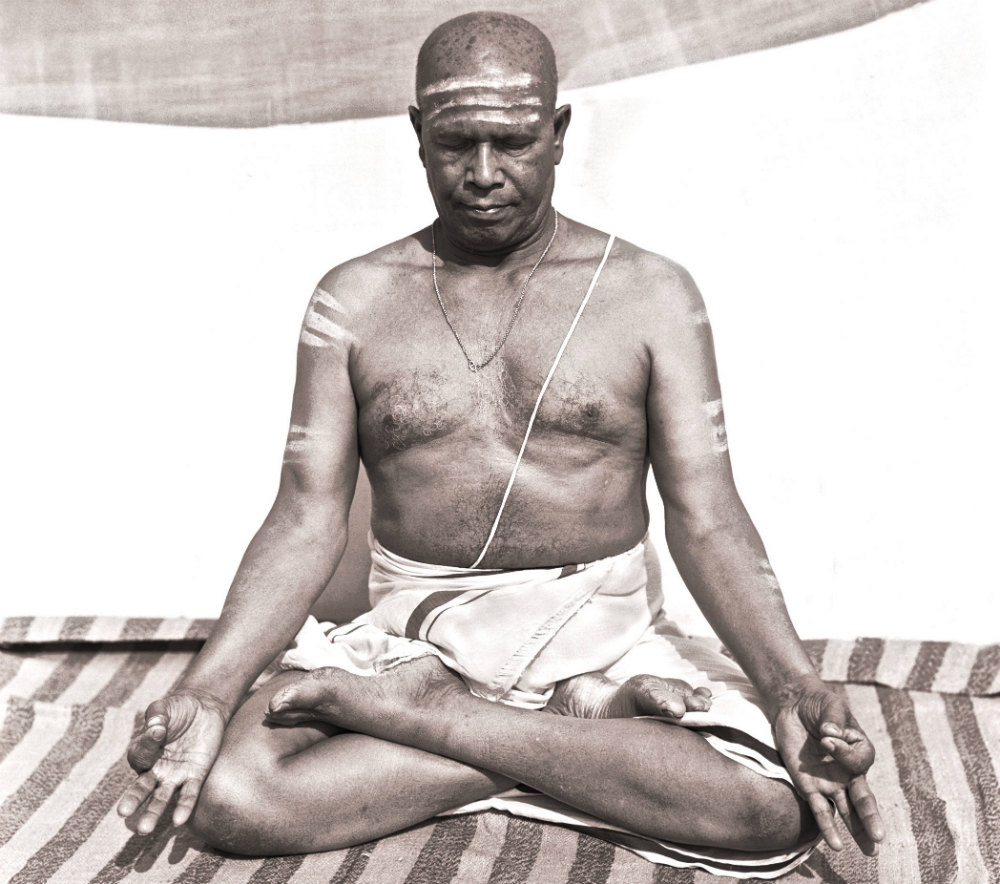
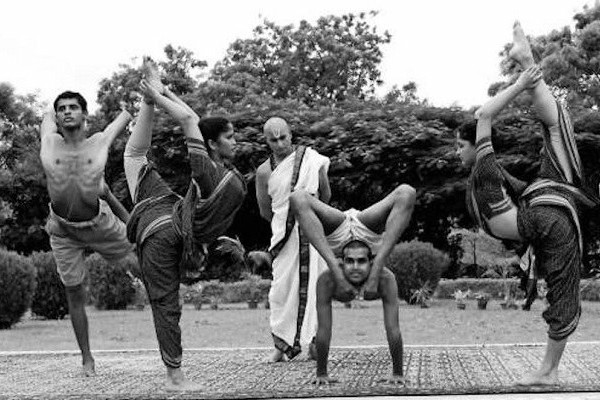
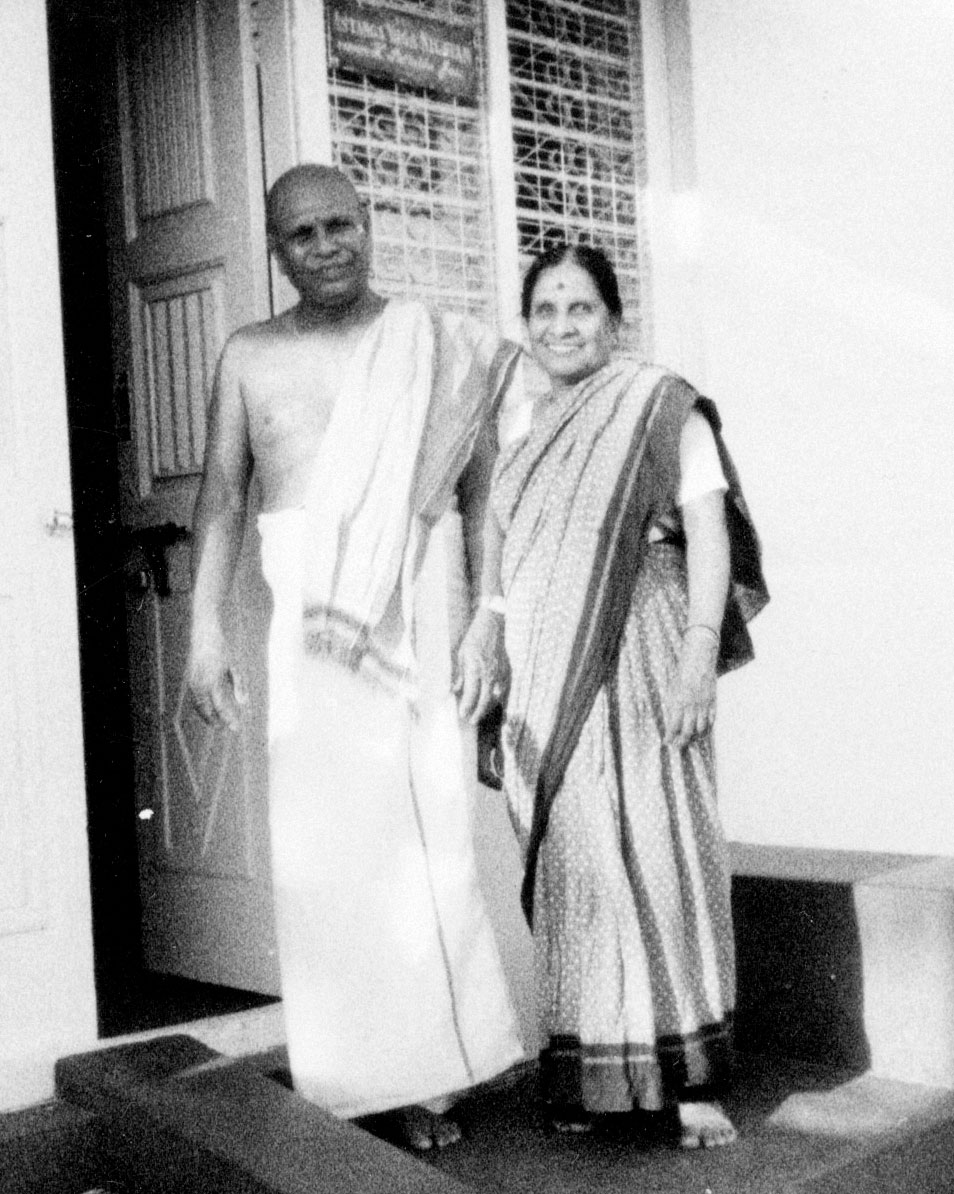
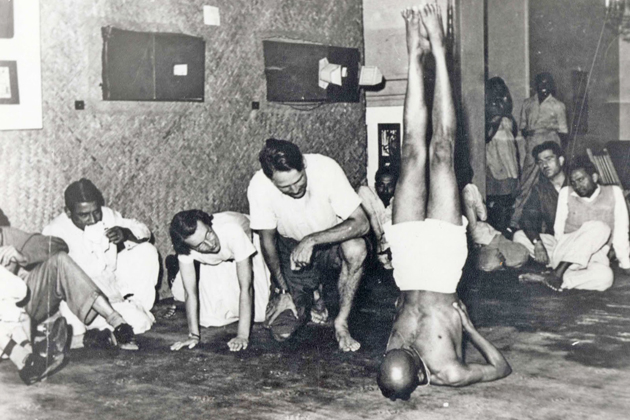
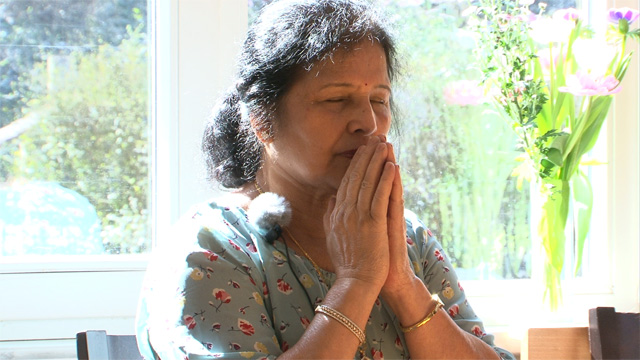 Saraswathi was born in 1941 and practiced steadily under the guidance of her father Sri K. Pattabhi Jois from the age of 10-22. She was the first girl ever to be permitted admission to the Sanskrit College in Mysore where she studied the basic Sanskrit works and learnt yoga from her father. For many years she assisted her father, but since 1975 she has been teaching her own classes. In 1986 she created a little Yoga revolution here in Mysore by being the first woman ever to teach men and women together. Saraswathi welcomes all yoga students who come to Mysore.
Saraswathi was born in 1941 and practiced steadily under the guidance of her father Sri K. Pattabhi Jois from the age of 10-22. She was the first girl ever to be permitted admission to the Sanskrit College in Mysore where she studied the basic Sanskrit works and learnt yoga from her father. For many years she assisted her father, but since 1975 she has been teaching her own classes. In 1986 she created a little Yoga revolution here in Mysore by being the first woman ever to teach men and women together. Saraswathi welcomes all yoga students who come to Mysore.